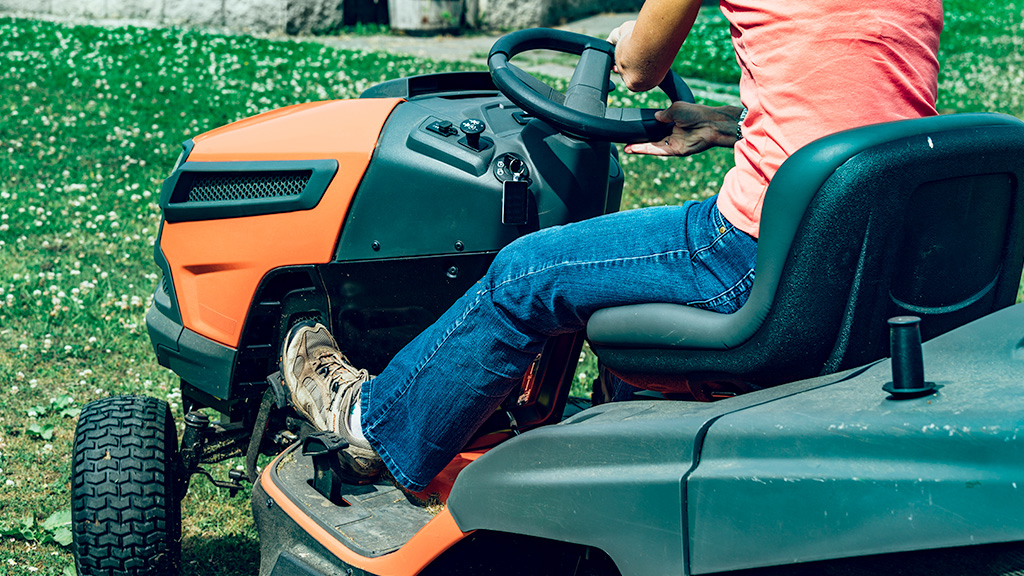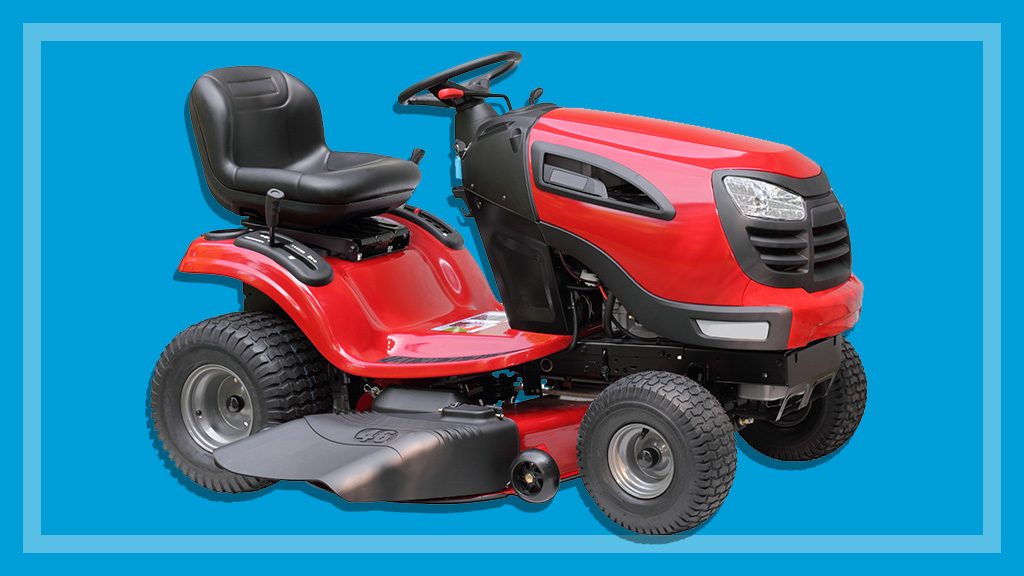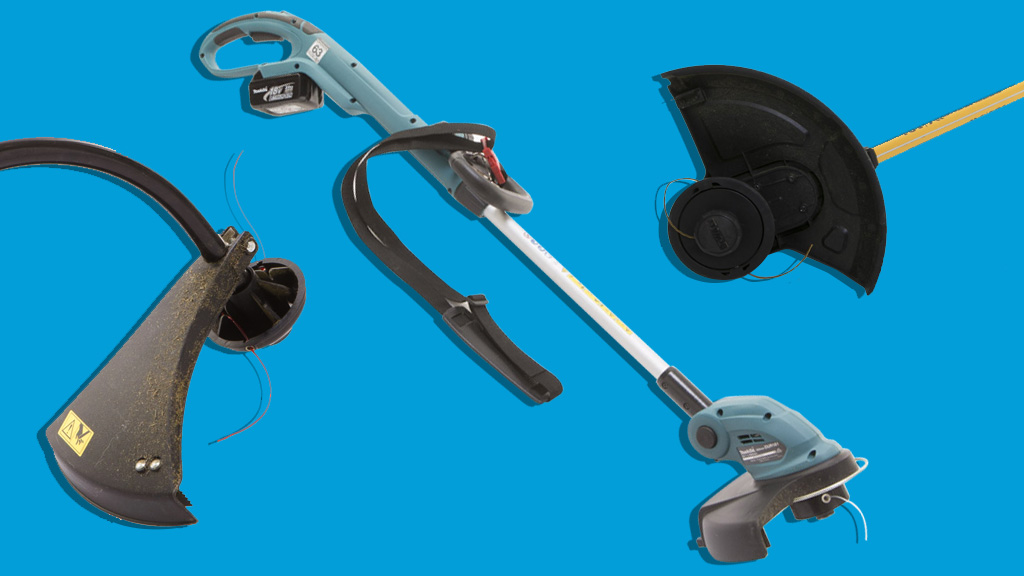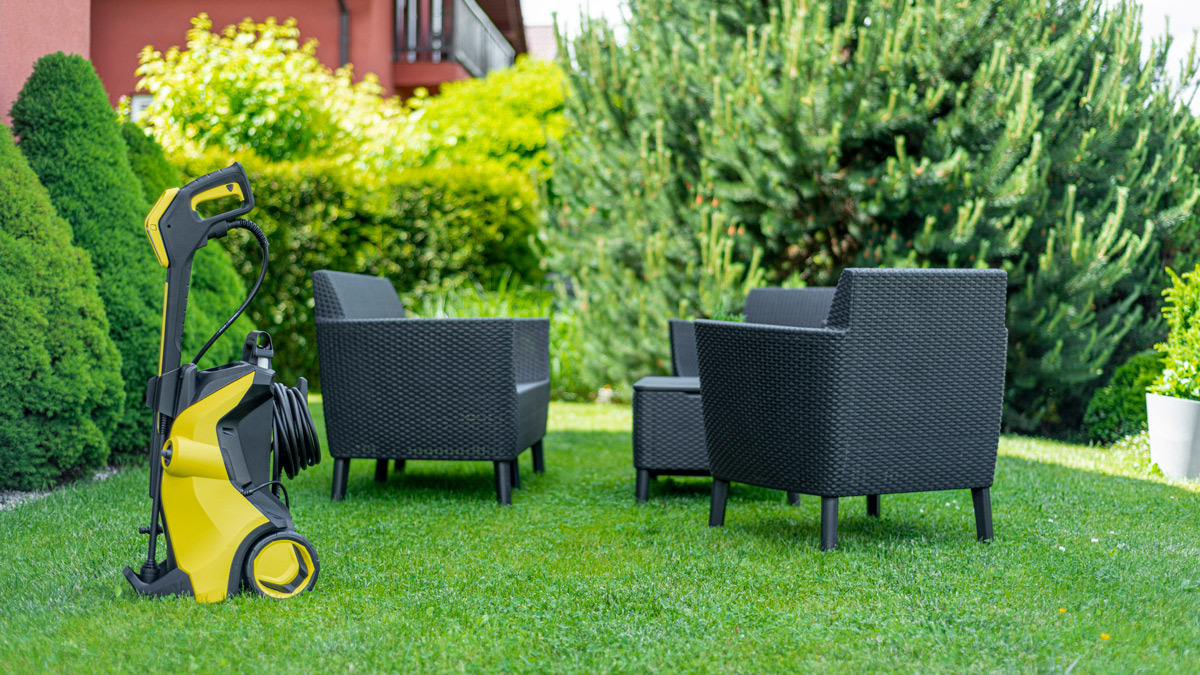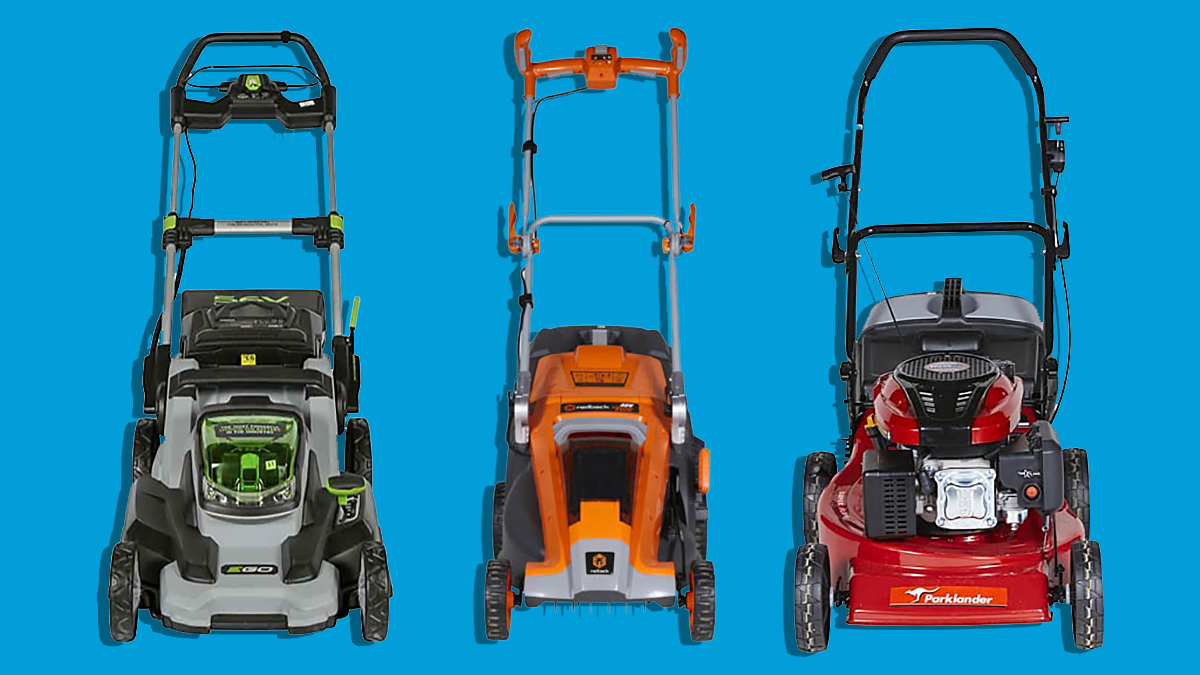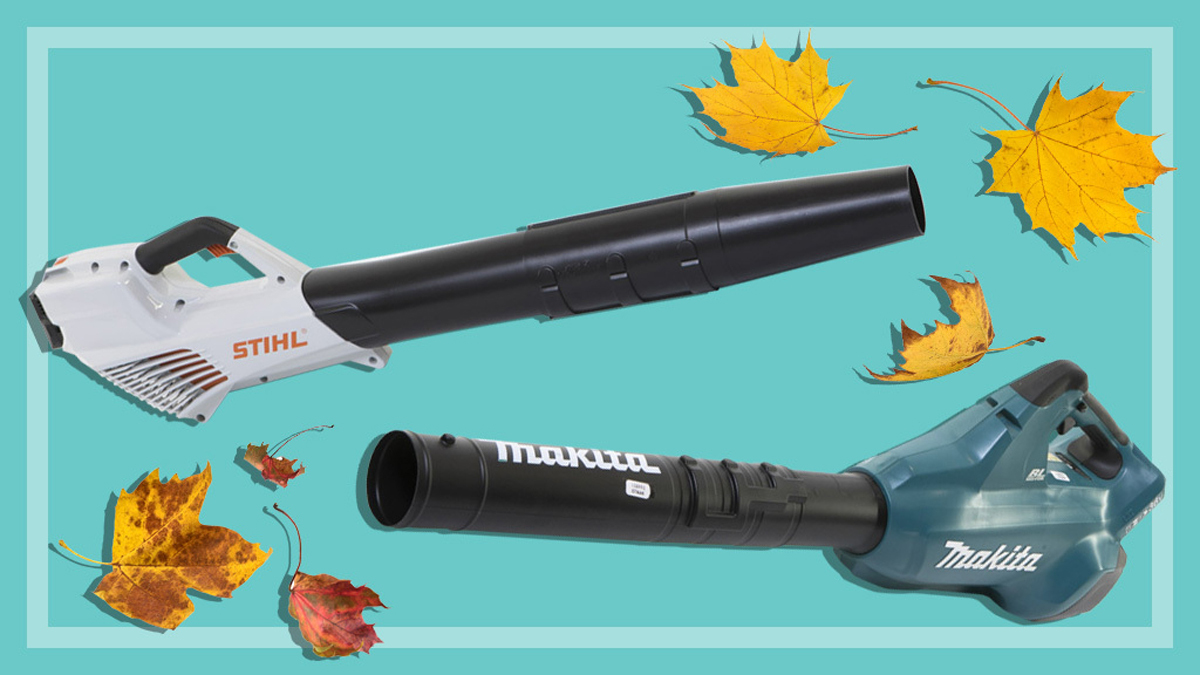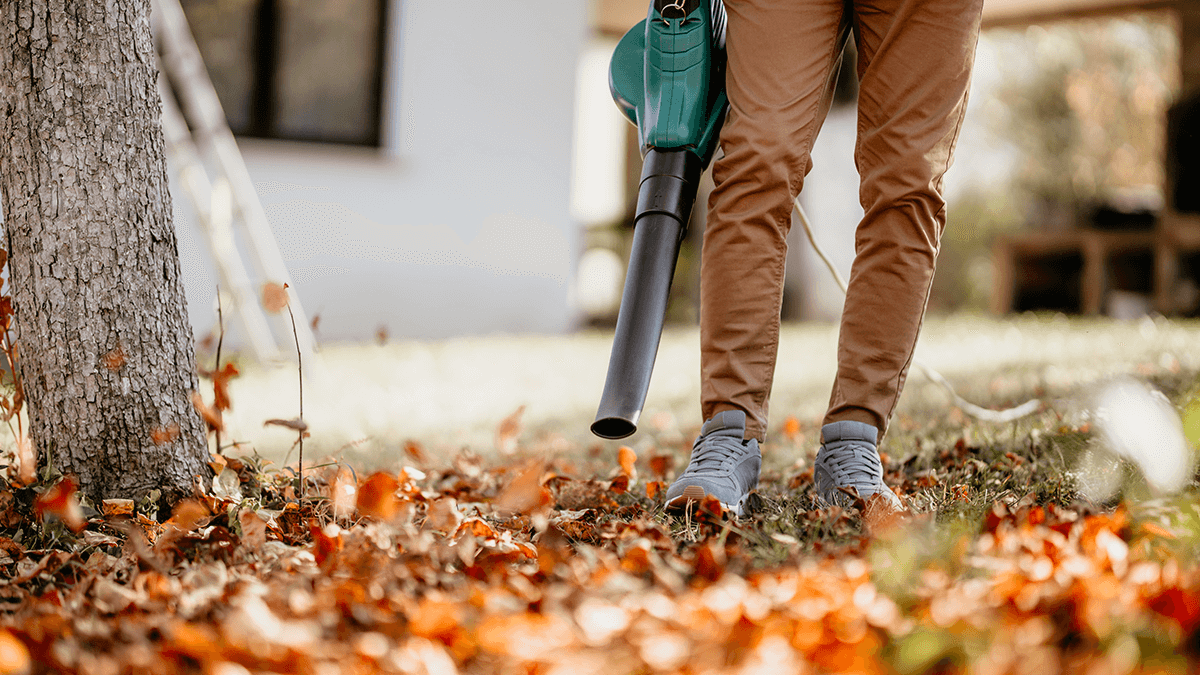How to buy the best ride-on mower
When the job gets too big, climb into a seat.
Last updated: 11 Sep 2019
Most ride-on mowers look like small tractors with a cutting deck suspended underneath, and they cut a wide swathe of grass – anywhere from 70cm to over a metre. Compare this with the 46–48cm width of the standard walk-behind rotary mower – not to mention the fun factor of zooming around the yard – and you can see how appealing a ride-on is to anyone who owns a big property.
How much should I pay?
In our latest product test reviews, prices range from just over $3000 to $5999, depending on engine size, mowing width, catcher features, design and transmission type (manual or automatic).
Related
Matthew Steen is the Director of Reviews and testing, which conducts all the testing content for CHOICE. He has worked for CHOICE for more than 20 years, from customer service to testing and content production.
Matthew is driven to work at CHOICE for its mission, and the people that it attracts, from staff to members, all dedicated to making Australia more fair, safe and just.
Matthew represents CHOICE as a council member on the Standards Australia Council. He is also responsible for ensuring CHOICE stays carbon neutral.
Matthew has a Bachelor of Humanities in Ethics from Queensland University of Technology.
Find Matthew on LinkedIn.
Matthew Steen is the Director of Reviews and testing, which conducts all the testing content for CHOICE. He has worked for CHOICE for more than 20 years, from customer service to testing and content production.
Matthew is driven to work at CHOICE for its mission, and the people that it attracts, from staff to members, all dedicated to making Australia more fair, safe and just.
Matthew represents CHOICE as a council member on the Standards Australia Council. He is also responsible for ensuring CHOICE stays carbon neutral.
Matthew has a Bachelor of Humanities in Ethics from Queensland University of Technology.
Find Matthew on LinkedIn.
